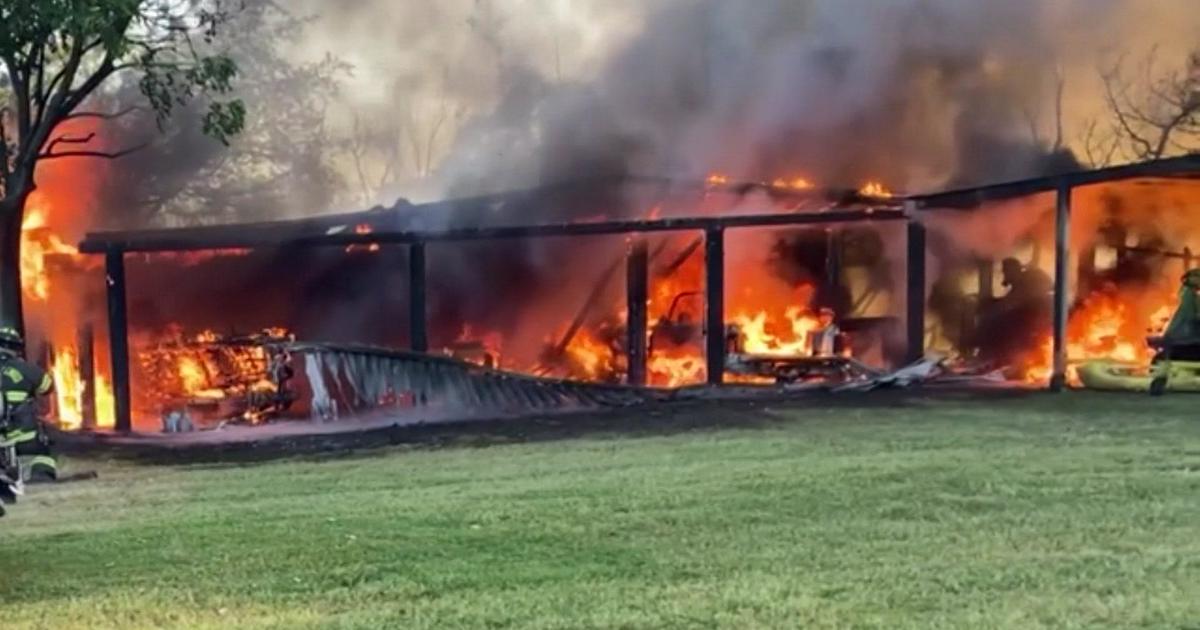New multi-million dollar flood control project being tested in Sacramento region
WEST SACRAMENTO — A new multi-million dollar flood control project is about to be put to the test along the Sacramento River.
Water is now starting to spill into what had been tomato and wheat fields in Yolo County. Now, the land is part of a seven-mile-long expansion of the Yolo Bypass between Interstate 5 to the north and West Sacramento to the south. It's an area that is designed to flood when water levels rise.
"Water comes from the Sacramento River down through the Yolo Bypass and out into the delta," said David Pesavento, a supervising engineer with the California Department of Water Resources.
Pesavento said this project, in the lower Elkhorn Basin, helps protect more than 780,000 people living downstream.
"This project gives more space for that water to spread out and lowers the risk for the Greater Sacramento area," he added.
Levees are often the last line of flood defense when strong winter storms hit the region, but just a small breach can cause massive damage and potential loss of life.
"The levees in the system are aging. Some of these levees are over 100 years old," Pesavento said. "They are more fragile. Sometimes we do have failures."
This project adds a newly built levee that can accommodate an extra 60,000 cubic feet of river runoff. During wet winters, the bypass can fill with water and look like a large lake.
"Water in a storm can get quite high up against these levees," Pesavento said.
Just to the south, engineers are also expanding the Sacramento Weir, which diverts high river flows away from Downtown Sacramento.
"The two projects together will be approximately doubling the size of the Sacramento Bypass and the Sacramento Weir which allows water in from the Sacramento River and safely away from the urban areas," Pesavento said.
The total project costs just over $102 million. When it's not flooded, the land can still be used for agriculture.



